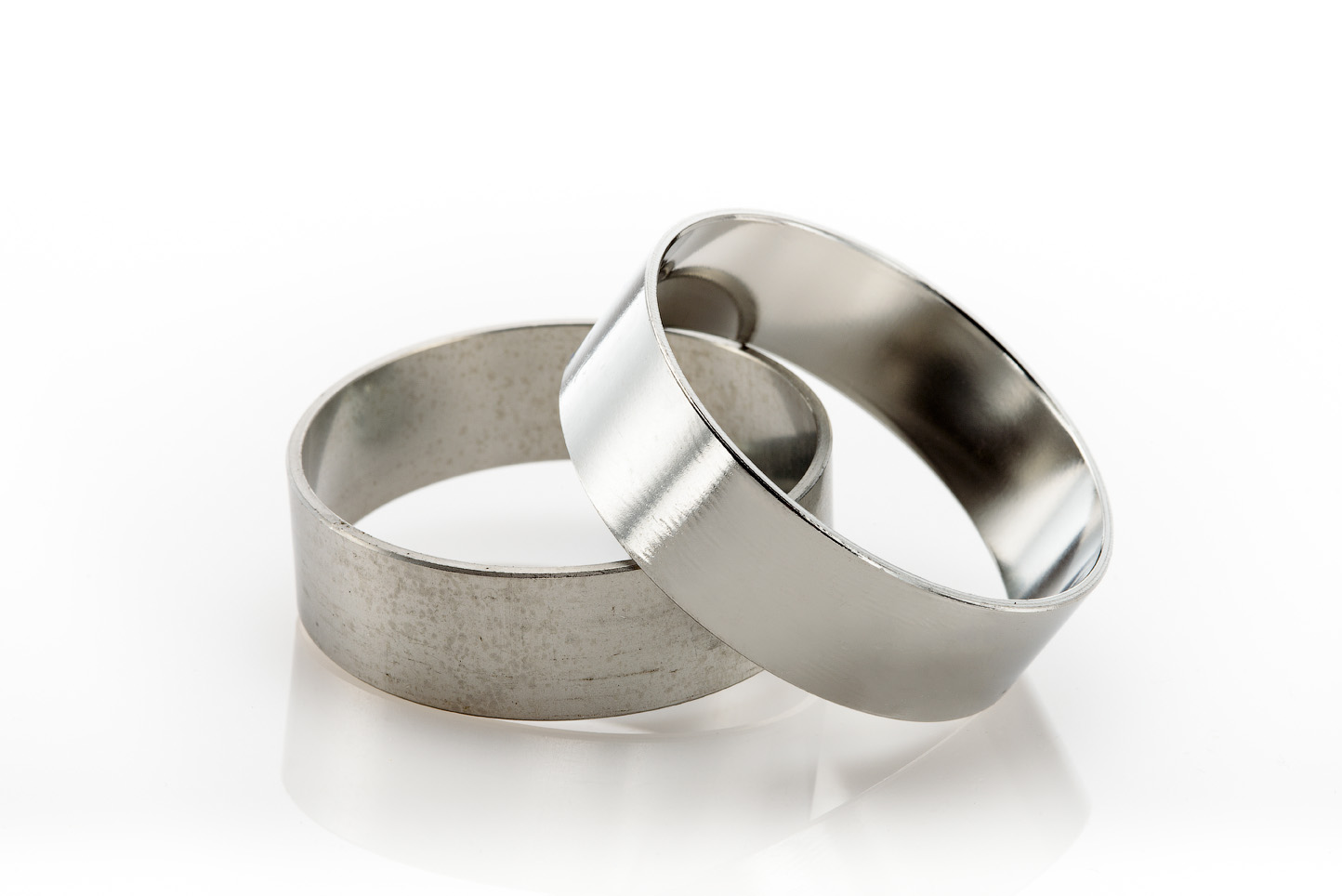How Much Will Electropolishing Improve the Surface Finish on My Part?
Electropolishing will reduce a part’s Ra by 10 to 30% depending on the starting finish. Generally speaking, the lower the Ra or RMS is prior to electropolishing, the lower the percentage in Ra and RMS reduction.
How Much Will Electropolishing Improve the Surface Finish of My Part?
The Benefits of Improved Surface Finish
Ra and RMS are both representations of surface roughness. Ra is calculated as the roughness average of a surface’s measured microscopic peaks and valleys. RMS is calculated as the root mean square of a surface’s measured microscopic peaks and valleys. Each value uses the same individual height measurements of the surface’s peaks and valleys but uses the measurements in a different formula.
A single large peak or flaw within the microscopic surface texture will affect (raise) the RMS value more than the Ra value, which is why Ra is more commonly used today as a measurement.
Machining Surface Finish Chart: Ra vs. RMS
| USA Ra (um) | USA Ra (micro inch) |
USA RMS (micro inch) |
Machining Finish Method |
| 50.0 | 2000 | 2200 | The most coarse machining or good rough casting surface |
| 25.0 | 1000 | 1100 | Machining marks very obvious. Rough turning, boring, planning, drilling. |
| 12.5 | 500 | 550 | Machining marks obvious. Rough turning, planning, milling, drilling. |
| 8.00 | 320 | 352 | Machining marks visible. Normal turning, boring, planning, drilling, grinding. |
| 6.30 | 250 | 275 | |
| 5.00 | 200 | 220 | Machining marks not obvious, but still visible. Normal turning, boring, planning, drilling, grinding. |
| 4.00 | 160 | 176 | |
| 3.20 | 125 | 137.5 | |
| 2.50 | 100 | 110 | Machining marks blur, but direction obvious. Number controlled turning, boring, planning, drilling, grinding. |
| 2.00 | 80 | 88 | |
| 1.60 | 63 | 69.3 | |
| 1.25 | 50 | 55 | Machining marks direction blur, but still visible. Number controlled turning, boring, planning, drilling, grinding |
| 1.00 | 40 | 44 | |
| 0.80 | 32 | 35.2 | |
| 0.63 | 25 | 27.5 | Machining marks direction blur. Reaming, grinding, boring, rolling. |
| 0.50 | 20 | 22 | |
| 0.40 | 16 | 17.6 | |
| 0.20 | 12.5 | 13.75 | Machining marks direction invisible. Grinding, super machining. |
| 10 | 11 | ||
| 8 | 8.8 | ||
| 0.10 | 4 | 4.4 | Super dark gloss. Super machining. |
A commonly held belief is that the electropolishing process can improve Ra and RMS by up to 50%. Part tolerances and surface finishes generally limit this number, however. In all practicality, electropolishing will reduce a part’s Ra by 10 to 30% depending on the starting finish. Generally speaking, the lower the Ra or RMS is prior to electropolishing, the lower the percentage in Ra and RMS reduction. In cases like this, the electropolishing process will be controlled to remove a limited amount of material. If too much material is removed, the surface roughness can move up on a micro level, leading to a rough and pitted surface visually.
Material removal can vary in the finished part by altering the dwell time during processing—standard ranges can be from .0002” to .0003” per surface. This precise process can improve the surface of finished parts with removal rates of .0001” accuracy. It is important to communicate your dimensional tolerance requirements with your electropolisher.

Electropolishing improves the surface of metal in the following ways:
Smoothing effect, good aesthetics. Electropolishing removes high spots on a metal part’s surface. This means that the dimensions of the lower spots are changed very little, which creates a smoothing effect to the base metal surface. It also means that by the nature of the process, the total amount of dimensional change required to obtain the polish effect is very small.
Easier cleaning and maintenance. Some parts and components are used in settings where it is difficult to physically access them for maintenance purpose; others, as in medical, food and beverage, and semiconductor applications, require repeated sterilization or cleaning. The leveling of micro peaks and valleys through electropolishing not only inhibits the “collection” of particulates in otherwise grooved surfaces, it also allows for easier sterilization and maintenance.
Reduces friction and surface drag, with no cracking. The smoothing of the metal also helps reduce friction and surface drag. Visually, the smoothing removes grain boundaries, which also mitigates the incidents of stress cracking. In mission-critical applications, you need your parts and components operating optimally, and always reliably within some of the extremely tight tolerances your end-users require.
Exposes defective parts. There’s a built-in quality control element to electropolishing. Since the process is carried out in the presence of aggressive chemicals, when a defective part comes through the process line, the chemicals in the electropolishing solution tend to uncover the defect in the part. This is a dramatic and effective way of double-checking the quality of material being processed.
Corrosion resistance. Free-iron is an almost entirely unavoidable consequence of metal forming in manufacturing. Electropolishing removes metallic and non-metallic inclusions introduced during manufacturing. This results in the removal of elemental iron from the surface of stainless-steel alloys, enhancing the chromium/nickel content resulting in dramatically improved resistance to corrosion. Repeated exposure to water or chemicals will not compromise the finished surface in medical applications, or in outdoor industrial or architectural installations.
At New England Electropolishing, we have highly controlled processes in place that ensure material removal is precise and repeatable every time. Let us help with your next project! Find out how New England Electropolishing can help you with your electropolishing needs. We’ll provide you with our expert analysis, a quote—even a free sample.
Electropolishing Surface Finish RA Value
In the realm of stainless steel electropolishing, achieving the perfect surface finish is precision science. One key metric that defines this perfection is the Ra value, a crucial aspect that plays a pivotal role in determining the smoothness and aesthetics of the finished stainless steel surface.
Understanding Ra Value in Electropolishing:
Ra, or Roughness Average, is a metric used to quantify the average deviation of the microstructure of a surface from an ideal plane. In electropolishing, achieving a low Ra value signifies a smoother and more refined surface finish.
How Electropolishing Achieves Low Ra Values:
Electropolishing is a controlled electrochemical process that selectively removes material from the surface of stainless steel. This not only eliminates imperfections but also levels the microscopic peaks and valleys, resulting in a surface with a significantly reduced Ra value.
Electropolishing Surface Finish Before and After Examples

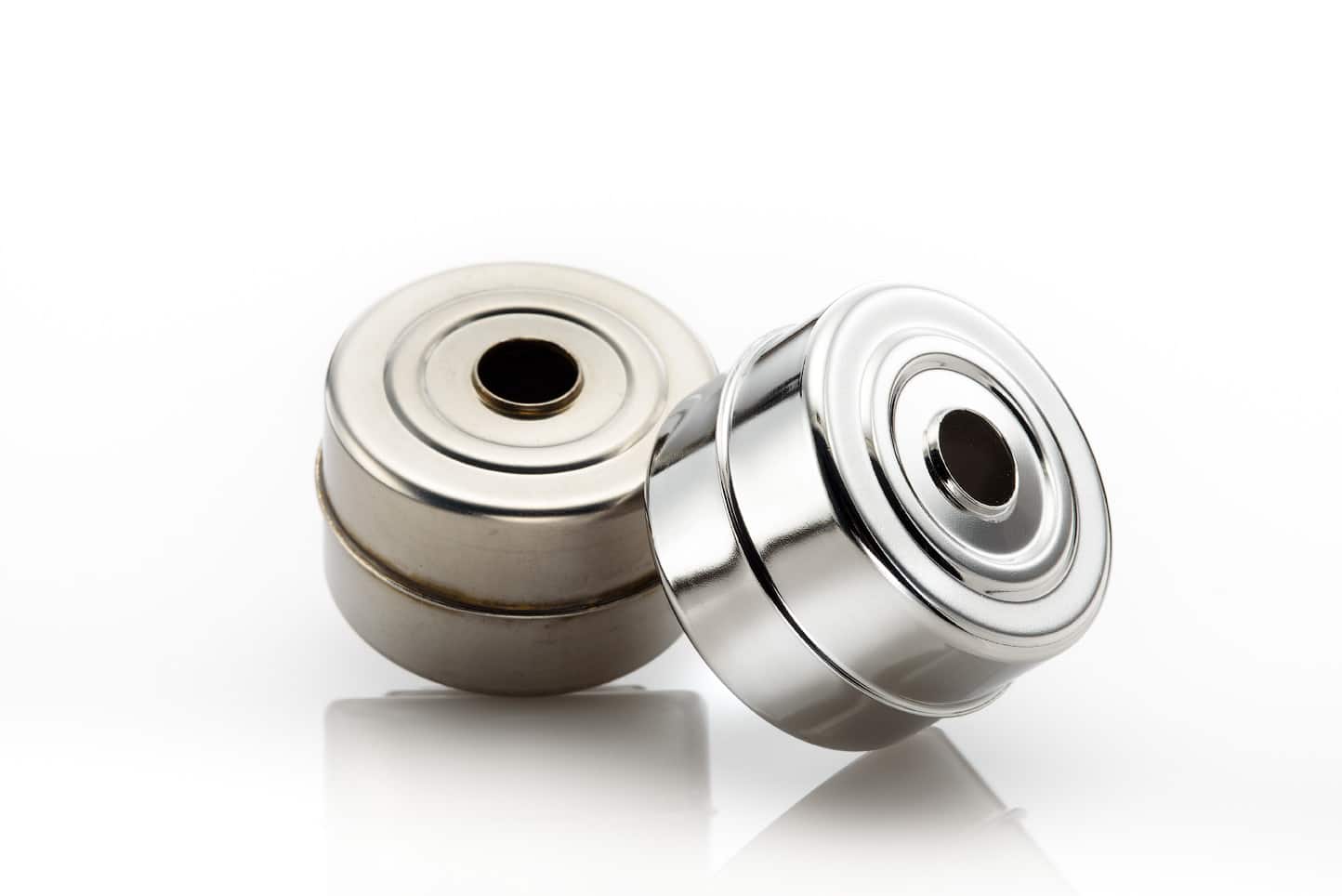
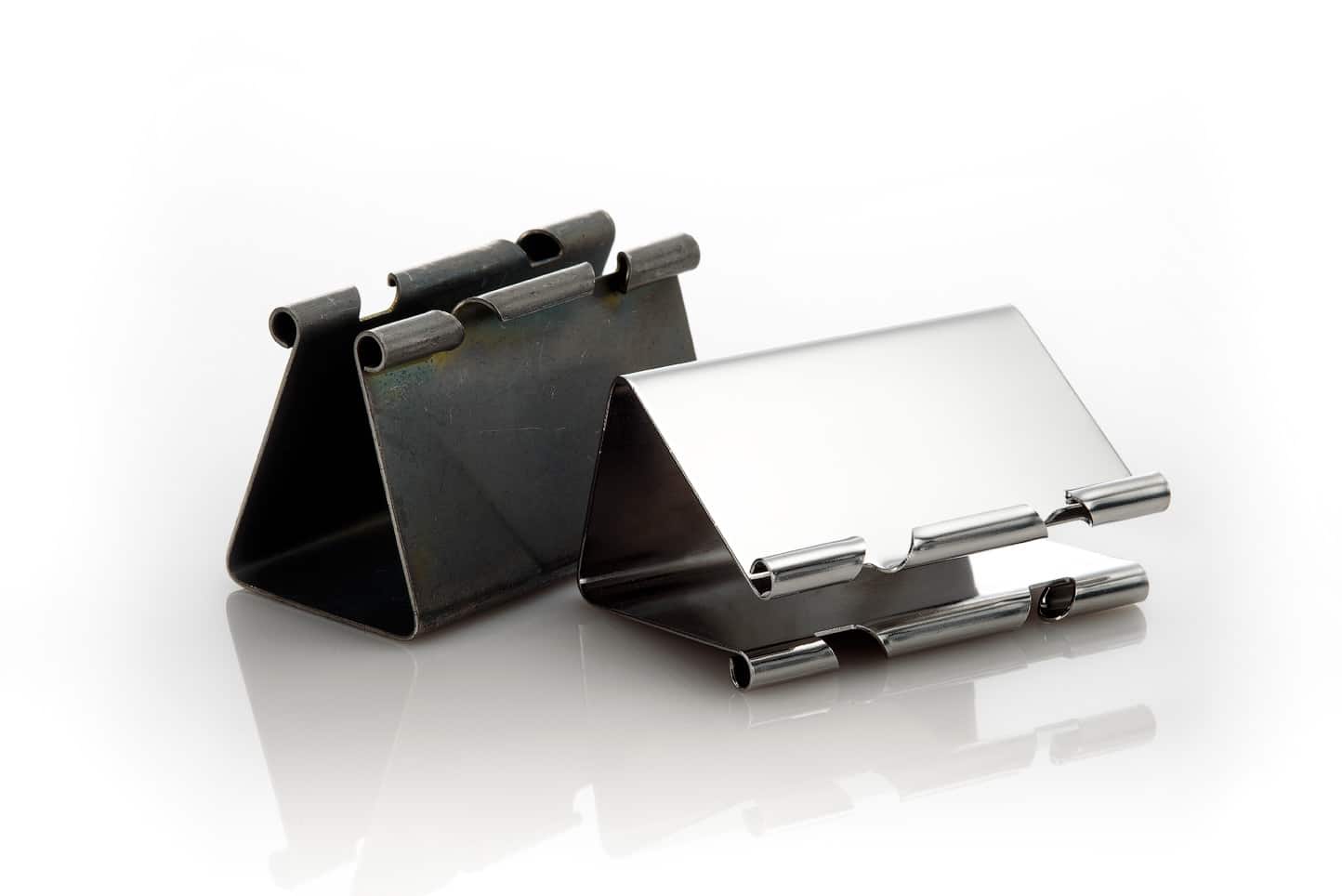
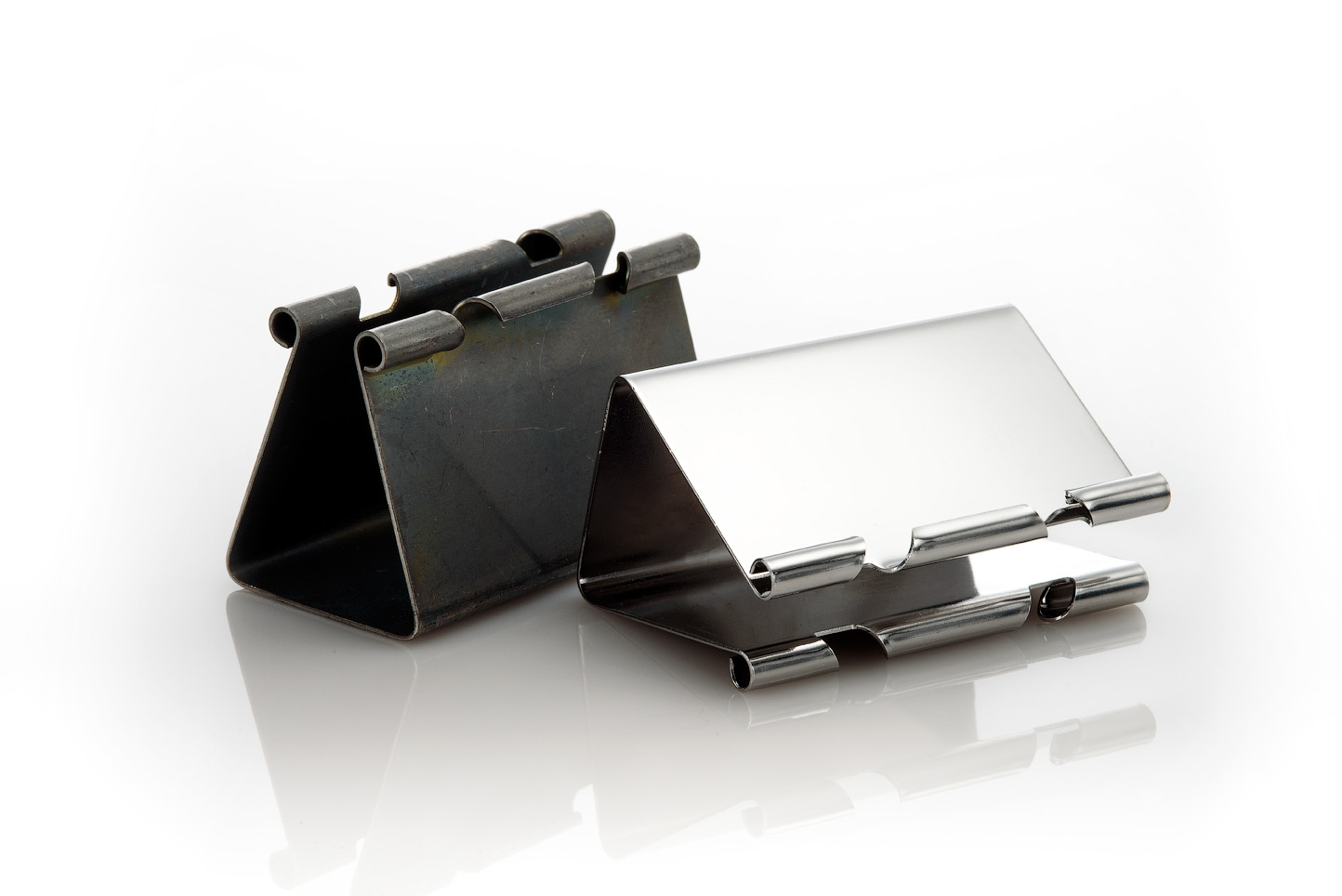
Electropolishing Resources
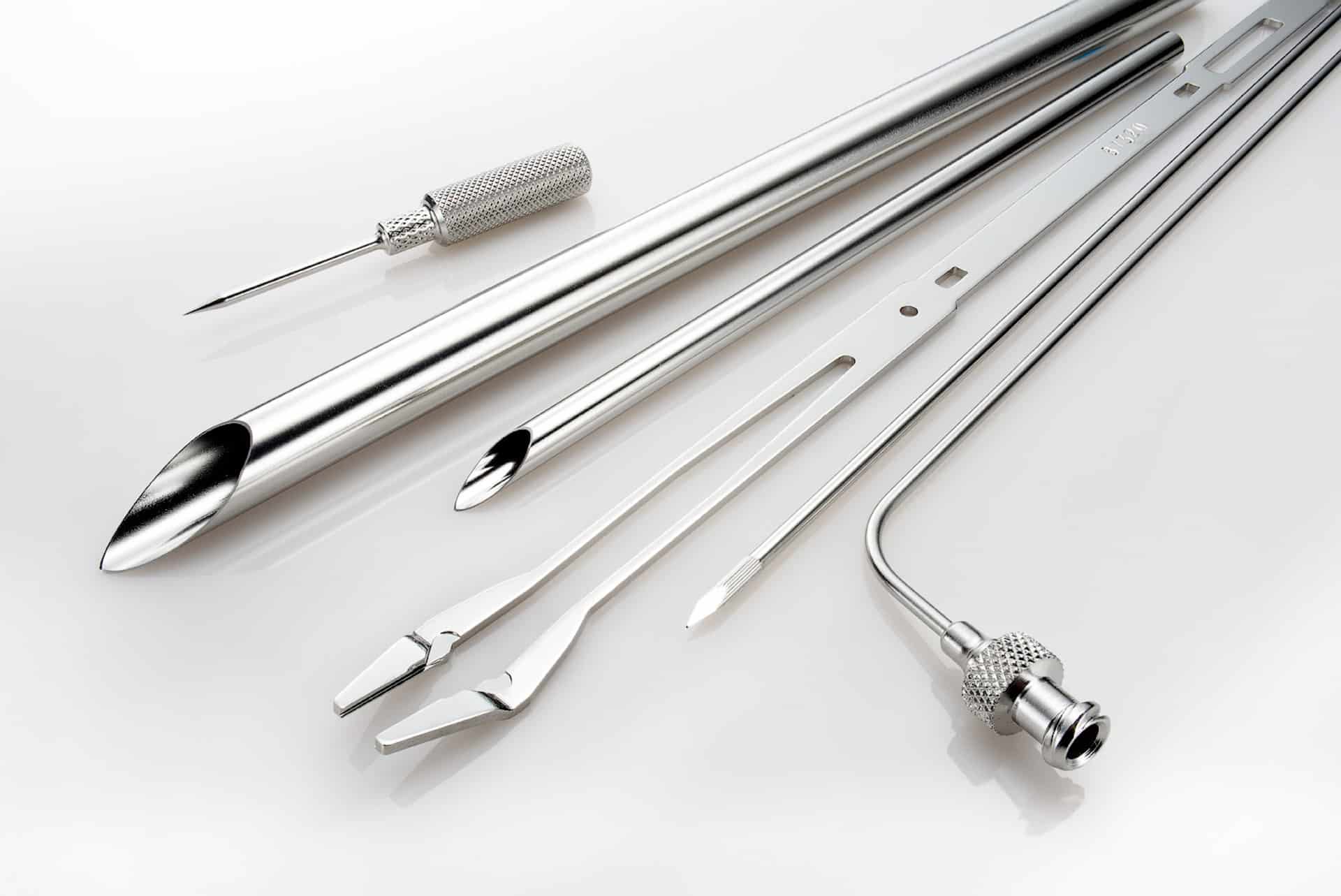
What is Electropolishing?
Electropolishing is an electrochemical and reverse plating process that removes the outer layer of skin on a metal...
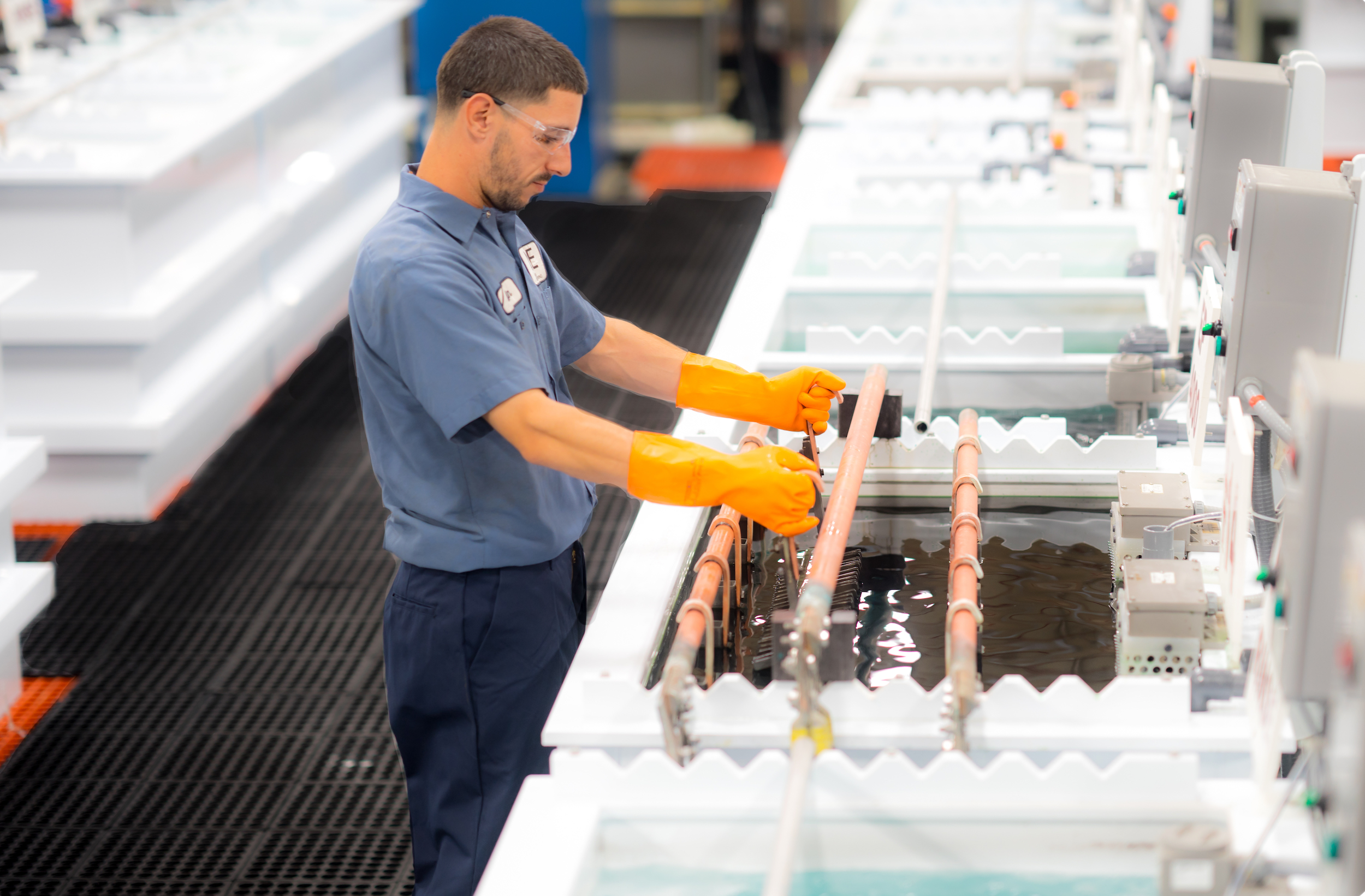
The Electropolishing Process
The electropolishing process is initiated by immersing a metal part into a temperature-controlled bath of electrolyte...
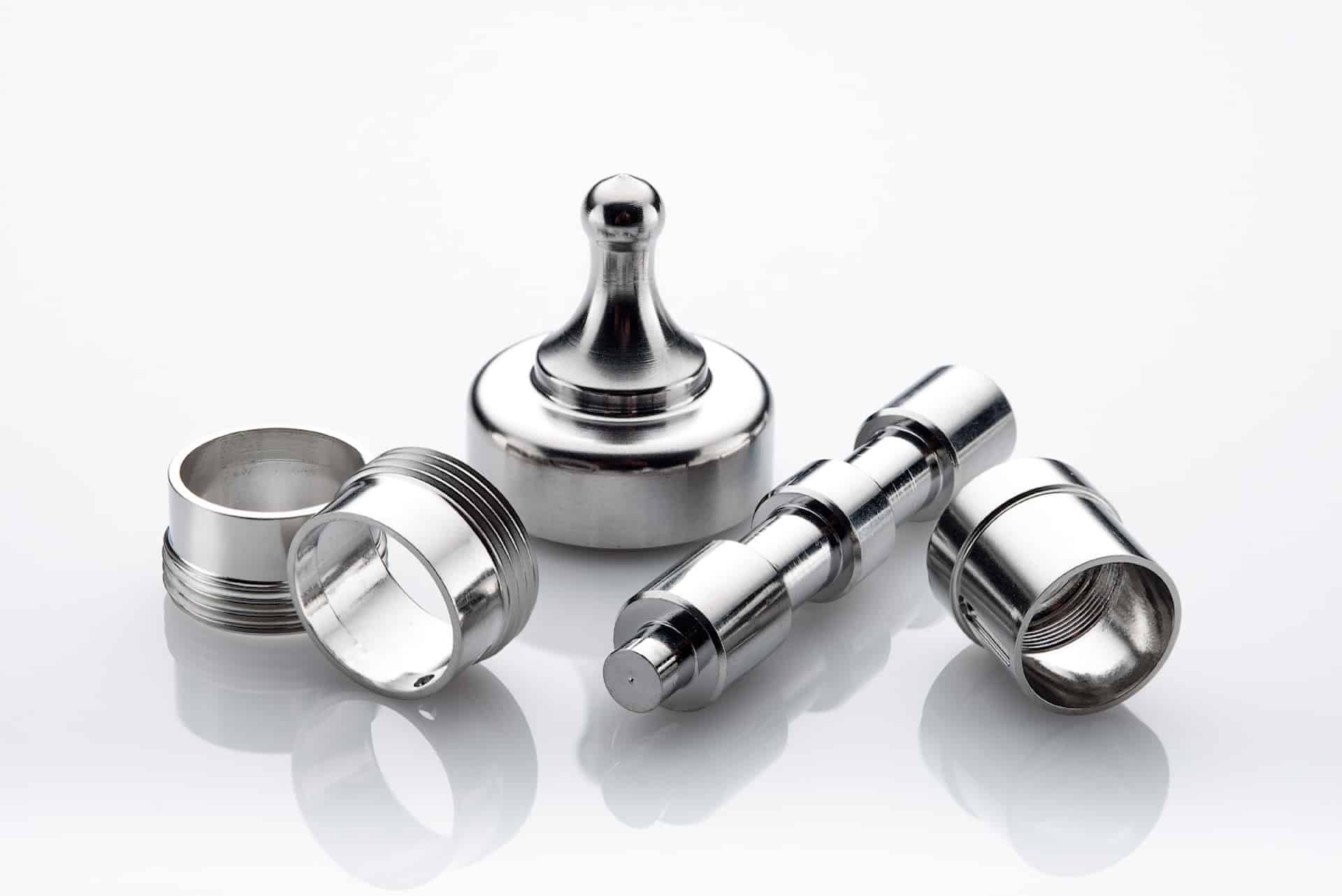
Benefits of Electropolishing
Curious about the benefits of putting your parts through the electropolishing process? Read along below where we...
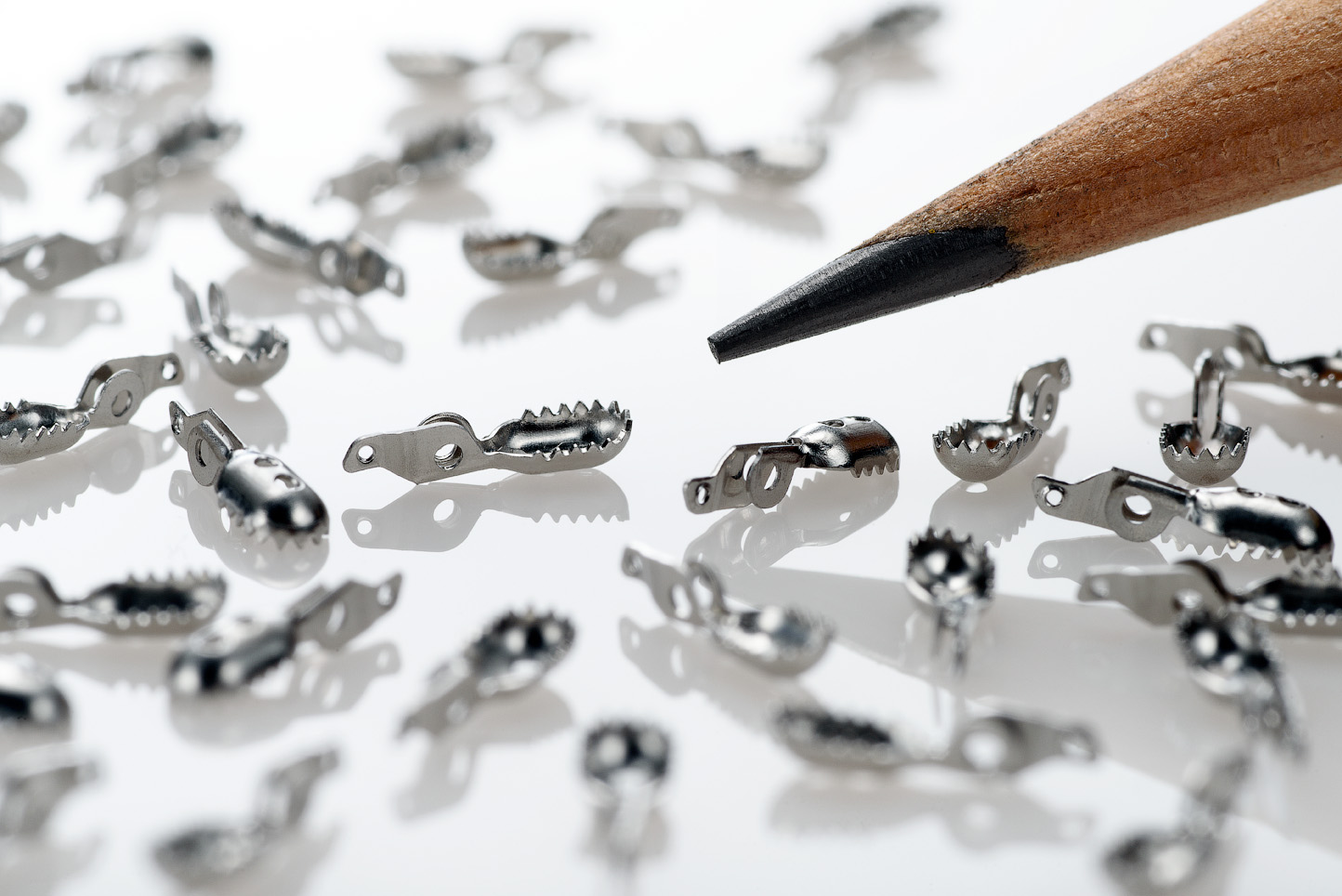
How Much Material Does Electropolishing Remove?
Electropolishing, when done properly is a highly controllable process which removes as little as...
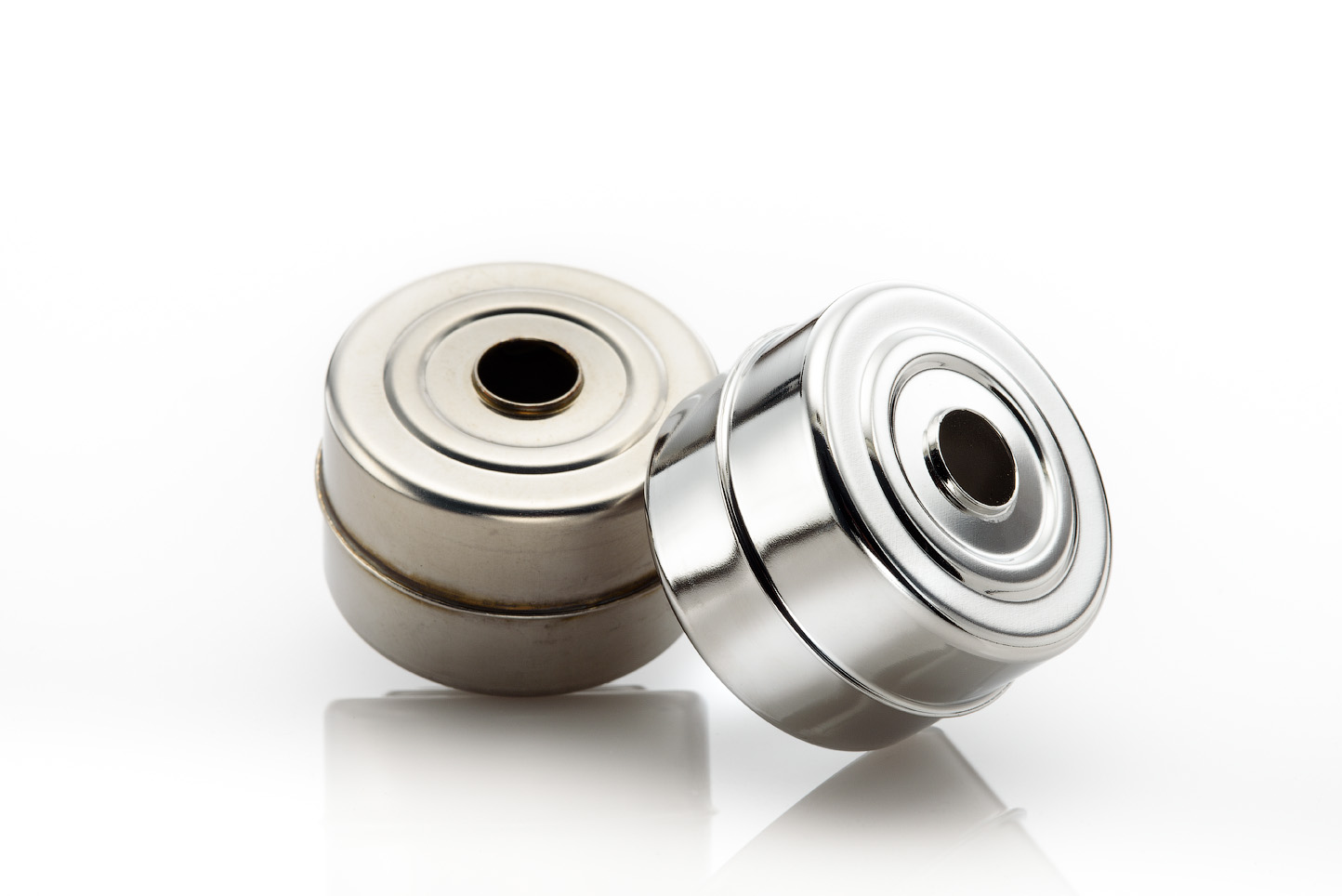
How Much Will Electropolishing Improve the Surface Finish of My Part?
Ra and RMS are both representations of surface roughness. Ra is calculated as the roughness average of a surface’s...
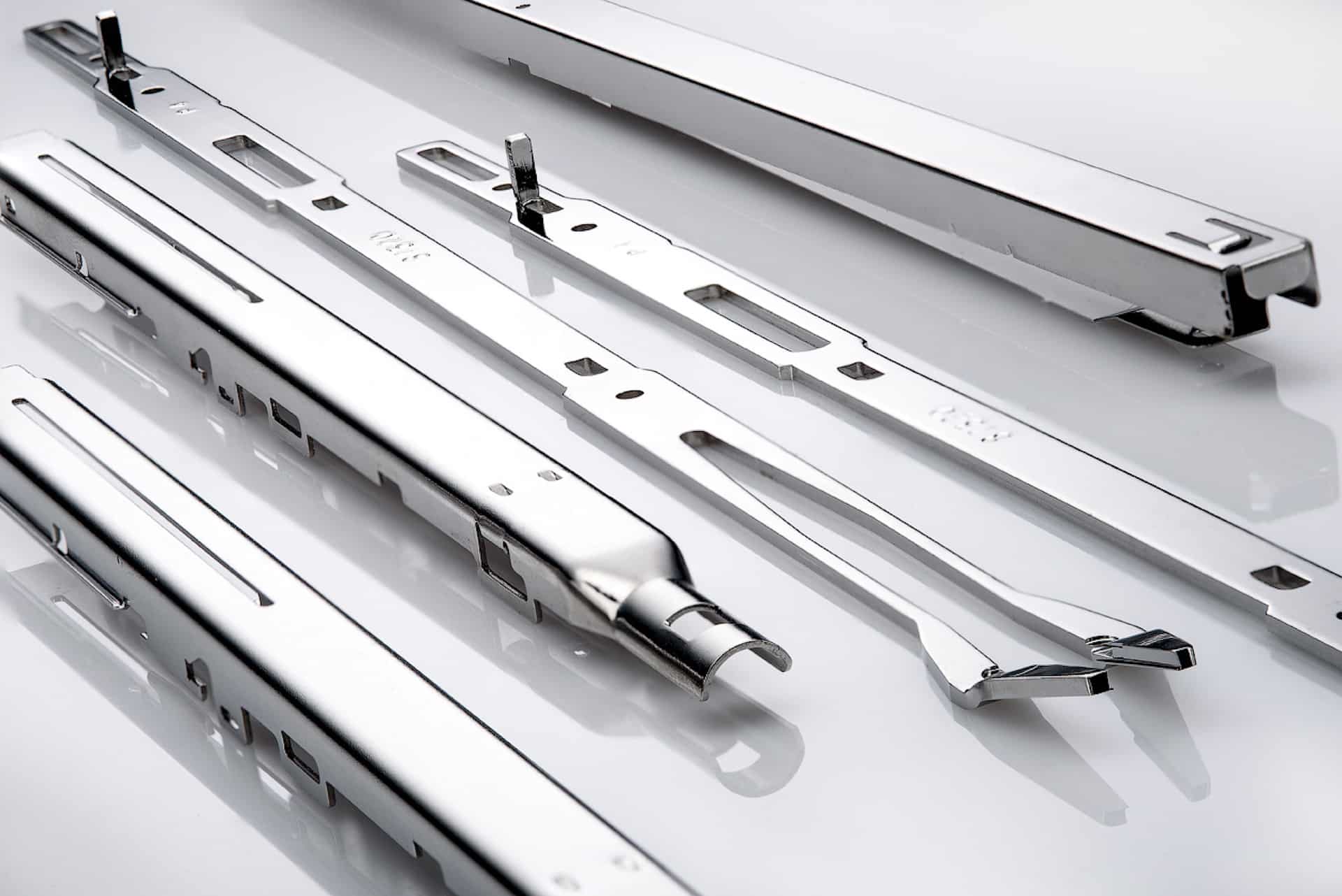
Electropolishing Frequently Asked Questions
Learn the difference between electropolishing and electroplating as well as how the electropolishing process works...

What is ASTM B912?
ASTM B912 is an industry standard for the passivation of stainless steel alloys through electropolishing...
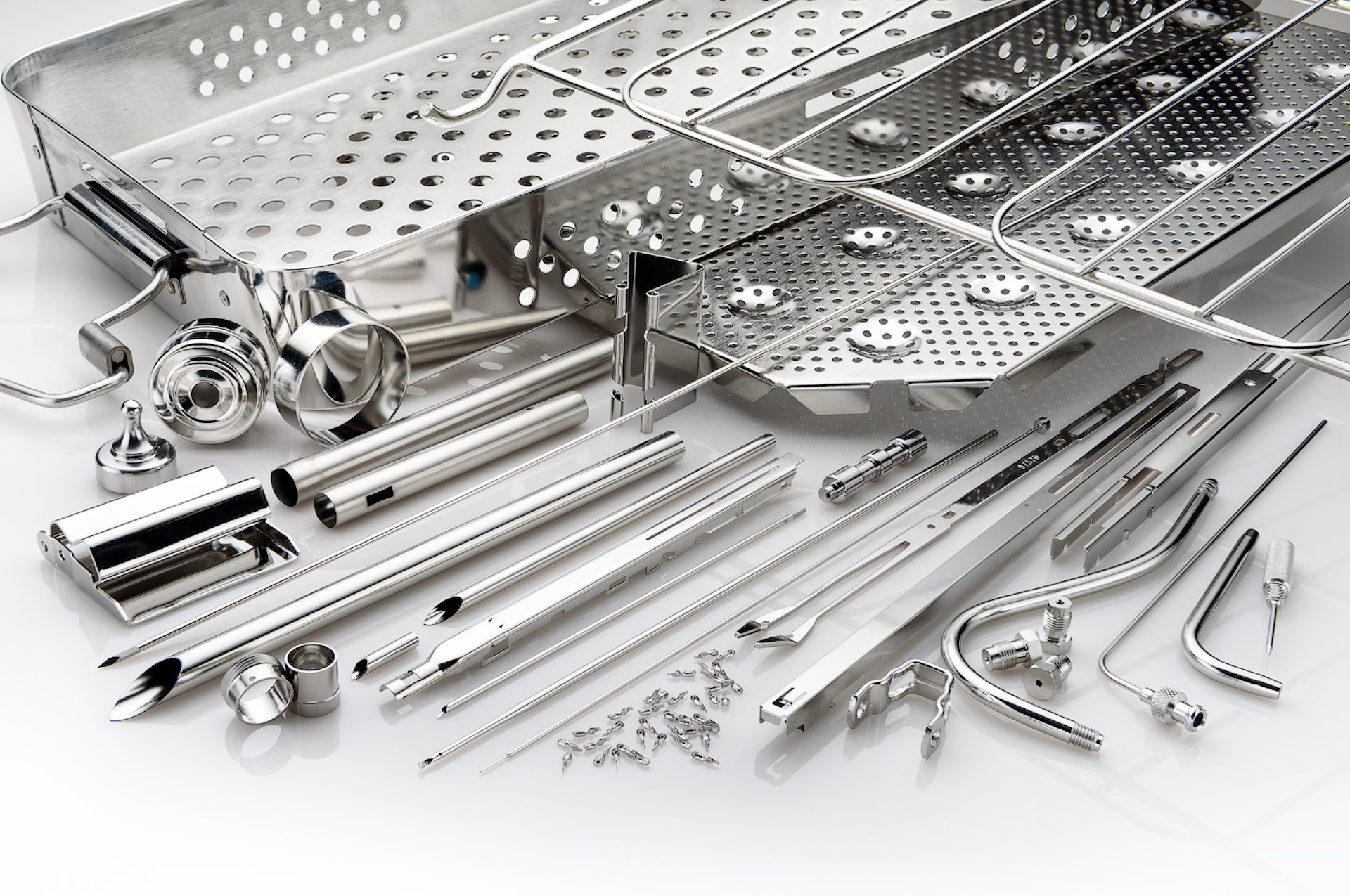
What is ASTM A967?
ASTM A967 is an industry standard specification for the chemical passivation treatments for stainless...
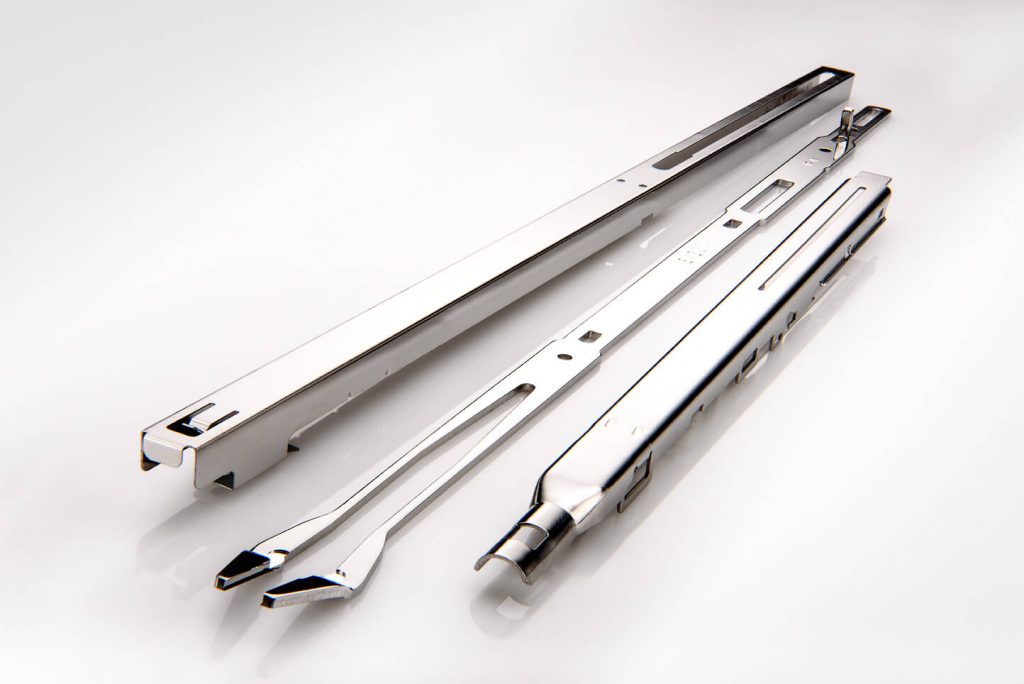
What is ISO 13485?
ISO 13485 is a standard that applies specifically to medical devices. ISO 13485 is designed to be...
